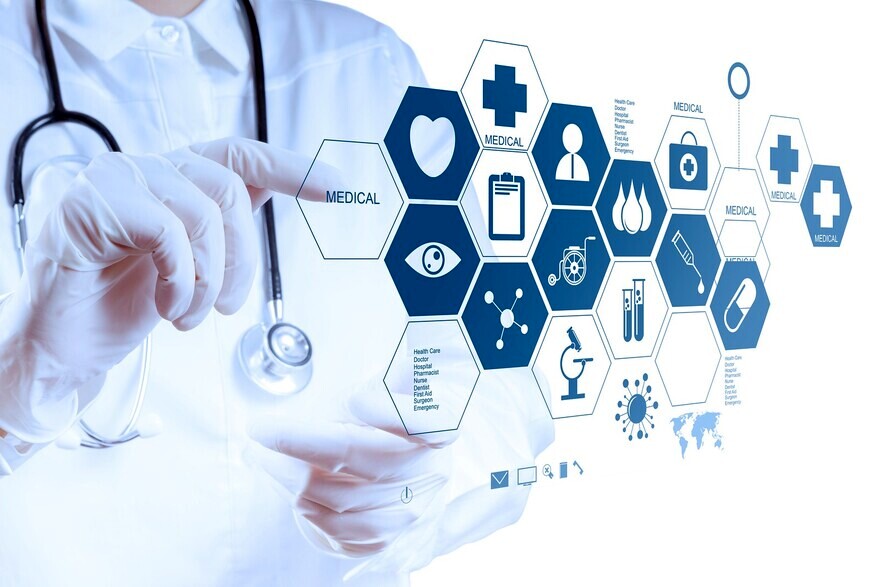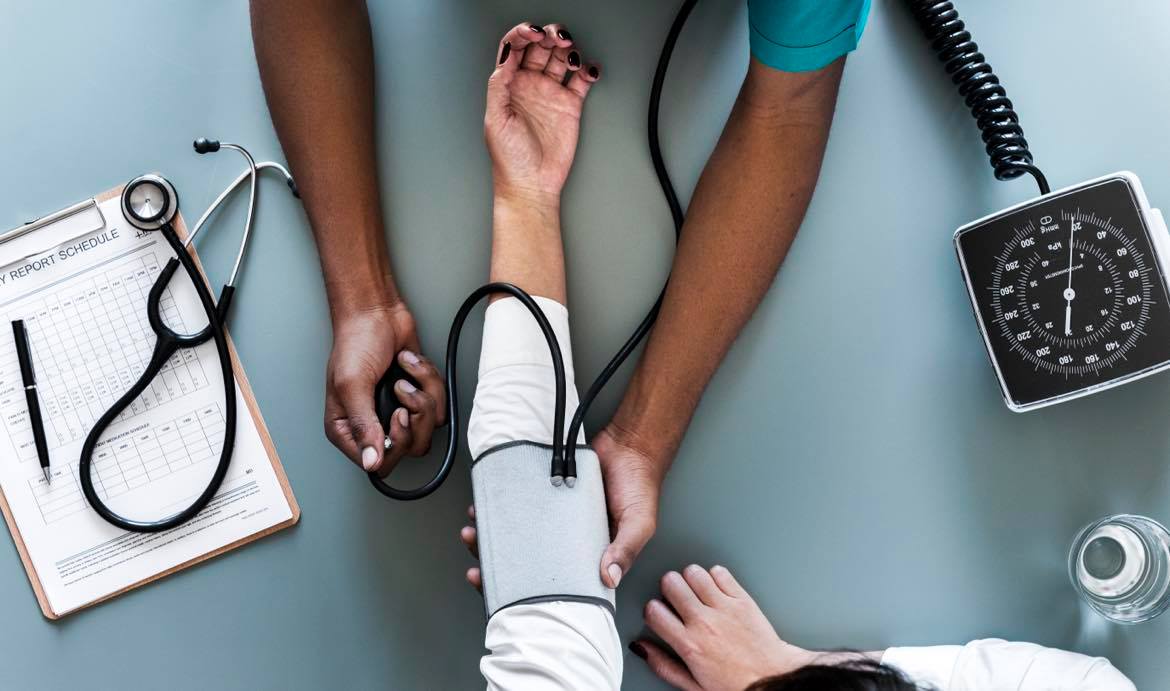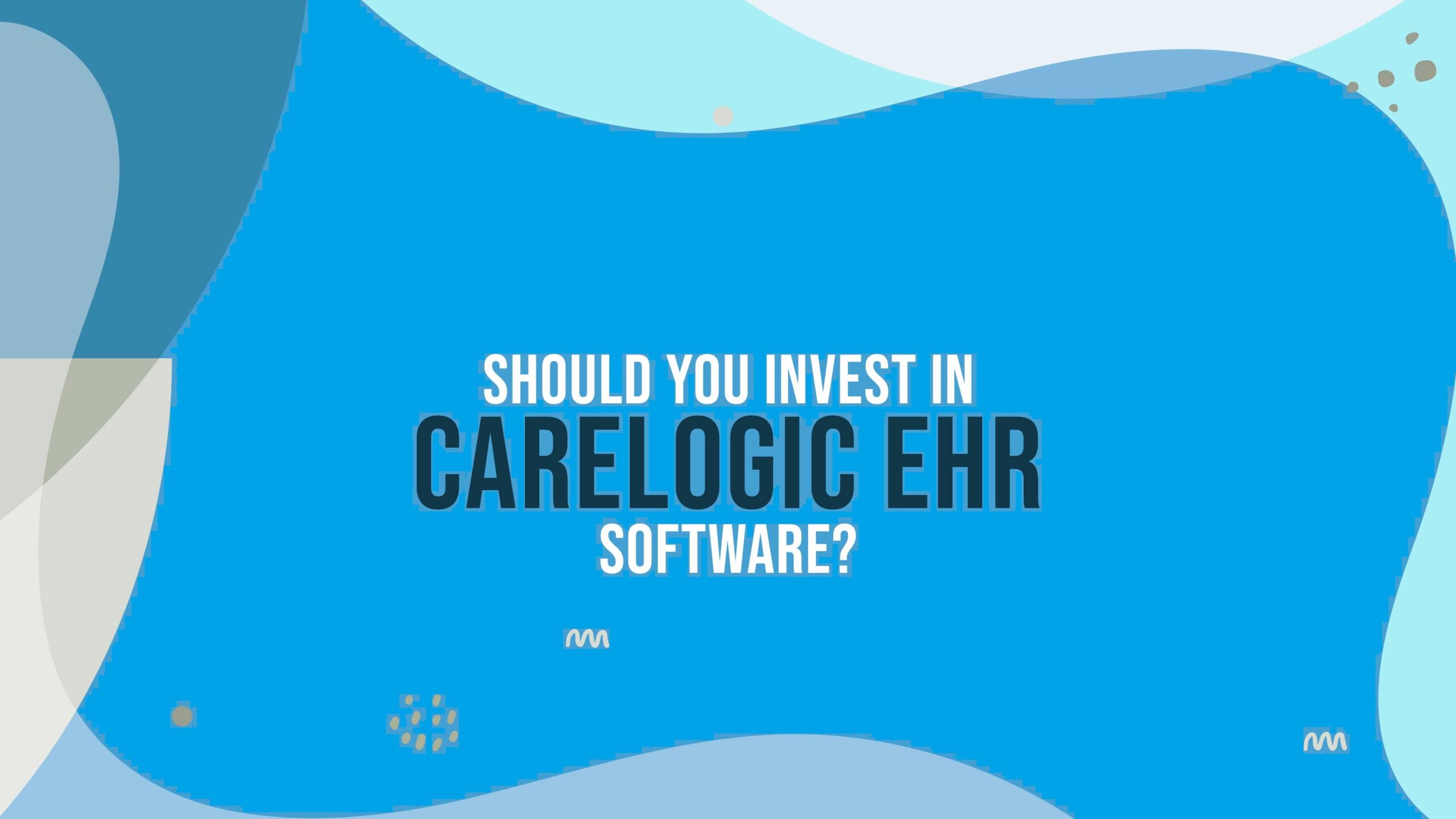Revolution in the Health Sector
Table of Contents
Medical science has now become more advanced and high-tech. If you go to a private hospital in India, you will be surprised to see the way they function. Technology has played a big role in their modernization. A few years ago, the condition of our hospitals was pathetic. They lacked even basic facilities like trained nurses, proper testing equipment, and ICUs.
Health facilities in India improved when privatization took place in a big way. Previously, the majority of hospitals were run by the government, and it functioned as inefficiently as any other government department.
Hospitals were a den of corruption. Doctors were mostly absent while support staff was rude and ill-mannered. There were hardly any essential medicines in the store. Even for something as routine as blood and urine tests, patients were asked to get their samples tested in private diagnostic centers.
Privatization brought Technology
But thanks to privatization in the health sector, now we have world-class medical facilities in places like All India Institute of Medical Sciences, Apollo Hospital, Max Hospital, Medanta Hospital, and Escorts Hospital. Only yesterday, I saw a video on the Connected app showing a complicated brain surgery being done by a robot. It was unbelievable that now even a machine can do such a surgery.
Now technology plays a crucial role in healthcare because there are many things that can be done only by computer.
Technology in Healthcare
Computers have become essential for providing efficient, accountable, effective, and transparent health services. Therefore, the use of computers in HealthCare has increased exponentially.
Read More: https://readalladvice.com/category/healthcare-blog/
Hospital Management
ERP and specialized software are now frequently used to make hospital administration and operational activities more efficient. The software takes care of important functions like online appointments, hospital administration, patient life cycle tracking, patient history information, disease recovery, and patient monitoring activities.
Medical Labs
Computers have entirely automated the normal operation of medical laboratories. By using sophisticated machines, testing of blood, urine, fluids, tissues samples has become more accurate and reliable. This has greatly increased the quality of tests. Now we have high-tech testing machines that can handle a large number of samples in a quick time. Doctors have portable medical devices that can be used to monitor patients’ health round the clock. There are lightweight BP machines to monitor the blood pressure, and sugar testing machines to check the glucose level of diabetic patients.
Surgery
In most private hospitals, computer-operated machines are increasingly used for minimally invasive surgery. Such surgeries are performed by making a small incision in the body, and subsequently, a miniature surgical instrument with a small camera is inserted inside the patient’s
body.
Recovery is faster in such operations because patients are saved from the complications of a major surgical wound. It also helps in reducing the damage that may be caused to the body. By using minimally invasive devices, the doctor can easily see the internal images of the body that allows him to perform the required surgery.
A computer-aided robotic arm helps doctors to perform complicated brain and heart surgeries. They can sit in front of the computer monitor in the next room and watch robotic arms perform the surgery. Such medical procedures were unthinkable just a few years ago.
With computer-aided surgeries, doctors can save many lives while they may be sitting thousands of miles away. In the past, experts were brought from places like the US and UK at great cost to perform such operations. Well! Things have now changed.
There is no need for doctors to be present in the operation theatre. He can still monitor the entire operation from his home and give his inputs. Video networking and real-time monitoring of vital data by renowned surgeons help such surgeries to be performed by in-house doctors or even resident doctors.
Telemedicine
Telemedicine is now frequently used to deliver clinical health care from a long distance through telecommunications and information technology. It has eliminated the distance barriers to provide uninterrupted access to medical services, often in remote areas.
It has saved the lives of millions of patients who needed critical care. Telemedicine was initially made available only through telephone but now, it’s also available through video telephony, advanced diagnostic methods, and distributed client-server applications.
Diagnostic
Technological advancement in radiology has given rise to advanced methods of X-ray and imaging services. Now radiologists and technicians can study and take print of the final image with the help of a computer.
X-rays and C T Scan
The CT scan uses radiation to produce images of a patient’s internal organs and find abnormalities if any. This is an extraordinary diagnostic tool that helps doctors to decide the line of treatment.
On the other hand, a normal X-ray allows doctors to see two-dimensional images of the internal organs of the patient. While a CT scan uses computer technology to convert two-dimensional X-ray images into multidimensional pictures to help doctors make a correct diagnosis.
MRI
Magnetic resonance imaging, commonly known as MRI, is the process of mapping a patient’s internal organs and movements through a powerful magnetic field. MRI produces detailed images of soft tissues in the body without using harmful radiation.
MRI machines detect the bioelectrical activity of the body. The affected area is scanned and the movements within this area are communicated to a computer which gives a three-dimensional picture of its structure. Such detailed information helps doctors to understand a patient’s problems without even conducting invasive surgery.
Technology has revolutionized the entire medical field. Now, the patients don’t need to go to countries like the US, UK, and France for treatment. They have the world’s best medical facilities available right at their doorsteps.
What is the need to spend millions of rupees on a medical procedure, when you can get it in your home country at one-tenth the cost? In fact, now the patient’s from faraway places are coming to India for treatment has given rise to a new industry called medical tourism. Indian hospitals are now known for providing world-class medical support that is also very affordable.




